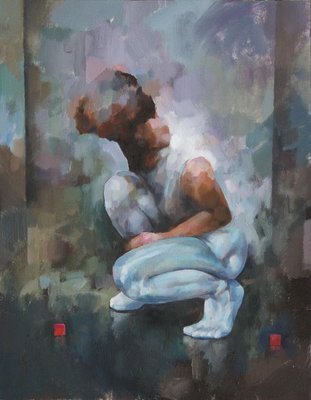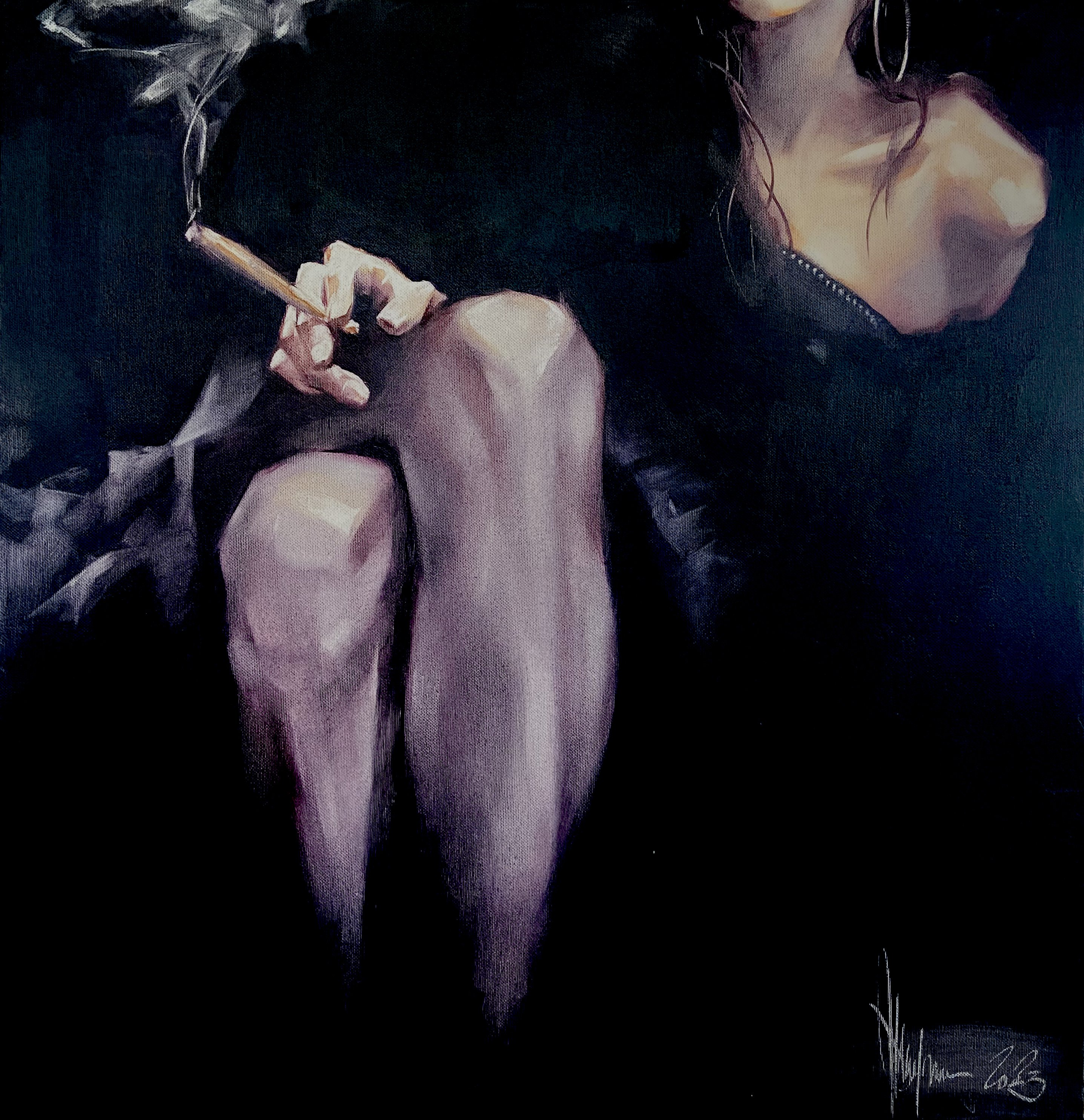Understanding Composition and Shade in Figurative Oil Painting
Understanding Composition and Shade in Figurative Oil Painting
Blog Article
Understanding the Art of Metaphorical Oil Painting: Important Tips and Techniques for Aspiring Artists
Figurative oil painting stands for a complicated intersection of technique and analysis, requiring an extensive comprehension of human composition, structure, and color theory. An expedition of shade harmony and texture techniques can considerably improve the aesthetic influence of their work.

Comprehending Human Anatomy
Recognizing human composition is essential for any kind of artist desiring understand figurative oil painting. An extensive grasp of the human form allows musicians to develop lifelike representations that reverberate with visitors. Expertise of physiological structures, such as joints, muscle mass, and bones, supplies crucial insight into how the body actions and postures.
Artists should familiarize themselves with the percentages of the human number, including the connection between various body parts and exactly how these percentages differ across sexes and ages. This recognition permits exact scaling and viewpoint in their work. In addition, recognizing the underlying musculature improves the capability to portray motion and stress in a number, leading to a much more dynamic and engaging composition.
Researching makeup likewise aids in identifying refined subtleties in position and expression, which are critical for sharing feeling and story within a paint. Resources such as physiological textbooks, life illustration sessions, and online tutorials can be indispensable tools for musicians seeking to grow their physiological expertise. Eventually, mastering human makeup not only enhances technical ability yet likewise enhances an artist's innovative vision, enabling them to bring their figurative oil paints to life with authenticity and deepness.
Relevance of Structure

Trick principles of structure consist of equilibrium, unity, and prime focus. Achieving balance makes sure that no solitary aspect overwhelms the others, while unity develops a sense of harmony throughout the piece. Focal factors attract interest to considerable facets of the art work, allowing customers to involve with the story or theme extra deeply.
Furthermore, using leading lines and the rule of thirds can significantly enhance structure. Leading lines naturally guide the viewer's look via the paint, while the guideline of thirds offers a structure for positioning crucial elements in an aesthetically appealing way. By mastering structure, striving artists can boost their metaphorical oil paints, transforming them right into compelling aesthetic tales that resonate with their target market.
Mastering Shade Concept
Color theory offers as a fundamental element of figurative oil paint that enhances the principles of structure. Recognizing the color wheel, which consists of primary, additional, and tertiary shades, is necessary for developing unified palettes and effective visual stories.
Secret principles such as saturation, shade, and value play a critical function in determining the mood and influence of a painting. Artists should check out amazing and warm shades to stimulate specific feelings; warm colors often share power and interest, while awesome shades can convey calmness and peace.
The connection in between complementary colors-- those opposite each other on the color wheel-- learn the facts here now can create striking contrasts and vibrant structures. When juxtaposed, these shades enhance each various other's vibrancy, attracting the viewer's eye and including deepness to the art work.
Furthermore, understanding analogous shades enables artists to attain a feeling of unity and coherence. By selecting colors that are surrounding on the wheel, one can keep a well balanced atmosphere throughout the piece.
Eventually, understanding shade theory outfits striving musicians with the tools required to adjust color purposefully, enhancing their ability to convey feeling and narrative with figurative oil painting. figurative oil painting.
Techniques for Texture
A variety of techniques can successfully create appearance in metaphorical oil paint, adding deepness and measurement to the art work. One basic method is making use of impasto, where thick layers of paint are applied to the informative post canvas, enabling for a three-dimensional quality. This technique improves light communication, developing dynamic visual rate of interest.
One more technique is scumbling, which entails applying a slim layer of lighter paint over a dried darker layer. This strategy permits the underlying color to reveal with, leading to a soft, distinctive result that can evoke a sense of ambience or age. Dry brushing is also crucial; utilizing a dry brush with minimal paint, artists can produce great lines and fragile appearances, best for recording the subtleties of skin or fabric.
Furthermore, scheme blades can be employed to scuff or apply paint, creating one-of-a-kind patterns and structures. Try out various tools and materials, such as sponges or cloths, can better improve the textural top quality of a painting. Ultimately, understanding these techniques needs technique and testing, permitting musicians to find the diverse responsive top qualities that can elevate their metaphorical jobs.
Creating Your Distinct Design
A musician's special design is commonly the conclusion of personal experiences, influences, and methods developed over time. Establishing this originality in metaphorical oil paint requires a conscious initiative to discover both your internal self and the more comprehensive imaginative landscape. Begin by mirroring on the styles and subjects that resonate with you psychologically; your interest will certainly infuse authenticity into your work.
Study various designs and motions, yet instead of imitating, remove aspects that talk to you - figurative oil painting. Experiment with different methods, shade combinations, and compositions, allowing on your own the freedom to play without the stress of excellence. Maintain a sketchbook or journal to record your thoughts, ideas, and imaginative progress; this will function as a beneficial resource for identifying recurring themes and preferences
Seek positive responses from coaches or peers, as they can give insights that light up aspects of your job you might overlook. Be person with on your own; the journey of establishing a special style is continuous, progressing with each brushstroke and every canvas you encounter.

Conclusion
Understanding metaphorical oil paint requires a detailed understanding of human anatomy, structure, and shade theory. Welcoming these foundational principles will dramatically benefit aspiring musicians on their creative trip.
Metaphorical oil paint represents a complex crossway of method and analysis, demanding an extensive understanding of human composition, composition, and shade theory. An exploration of color consistency and appearance methods can dramatically enhance the visual impact of their job. By grasping composition, aiming artists can raise their figurative oil paints, changing them into compelling aesthetic tales that reverberate with their audience.
Experiment with various methods, color palettes, and compositions, enabling yourself the freedom to play without the stress advice of perfection.Grasping figurative oil painting demands a thorough grasp of human anatomy, structure, and shade theory.
Report this page